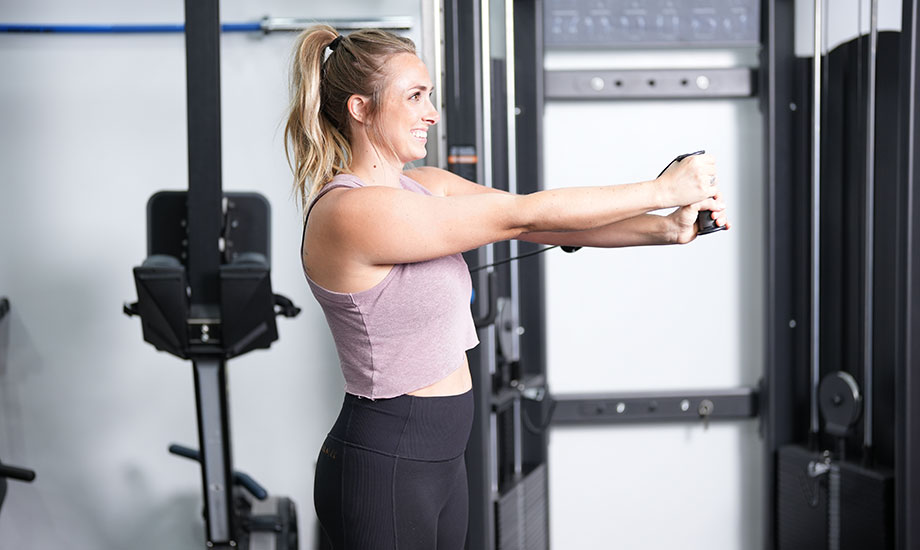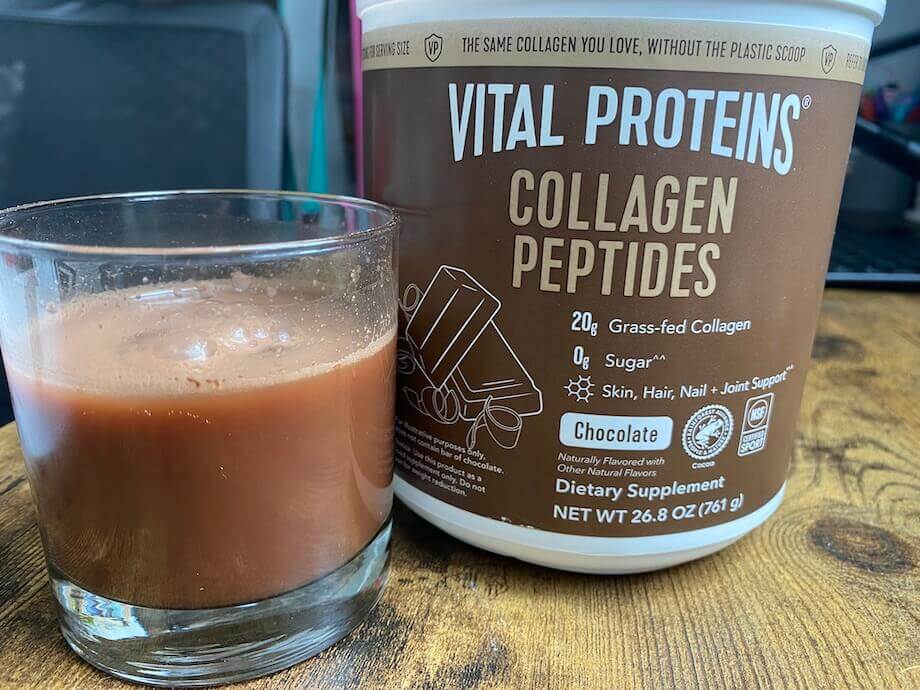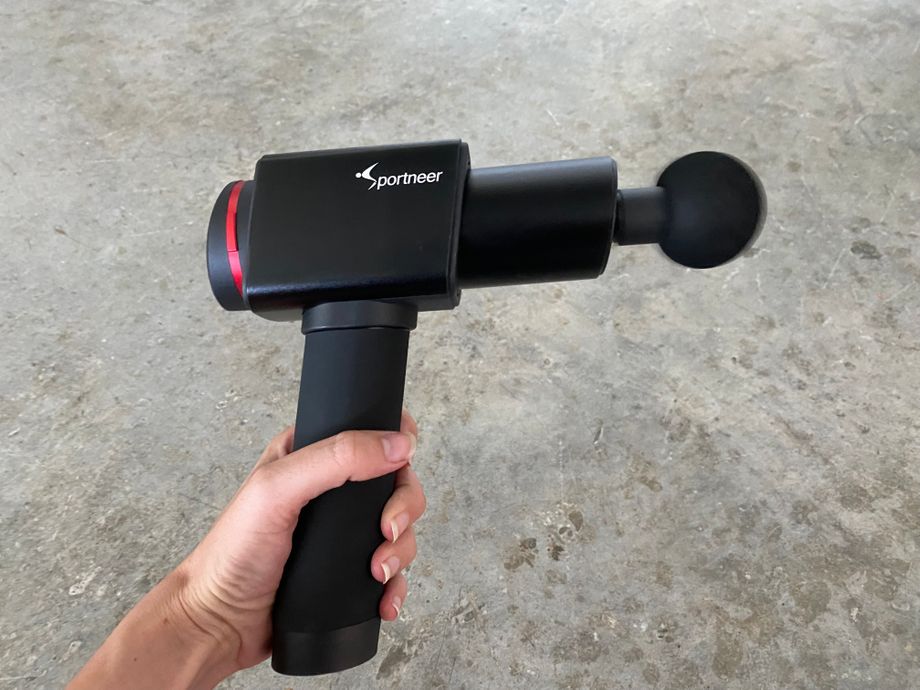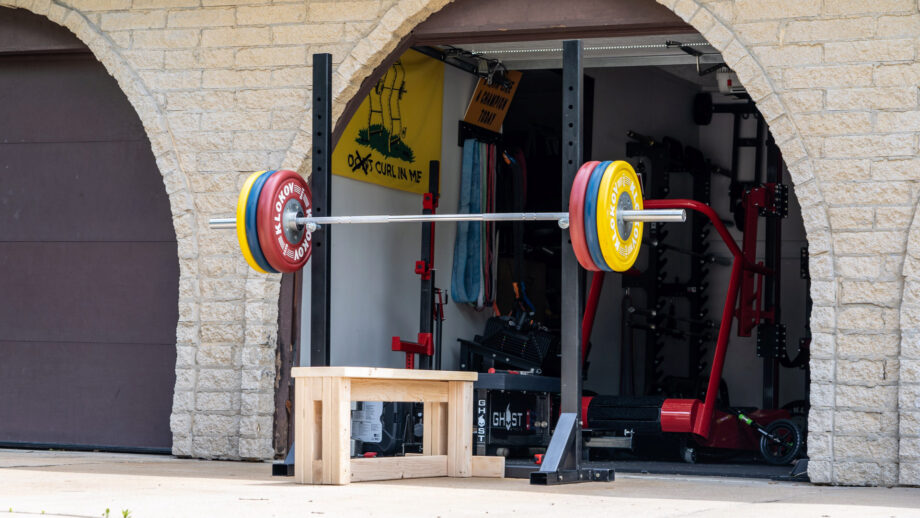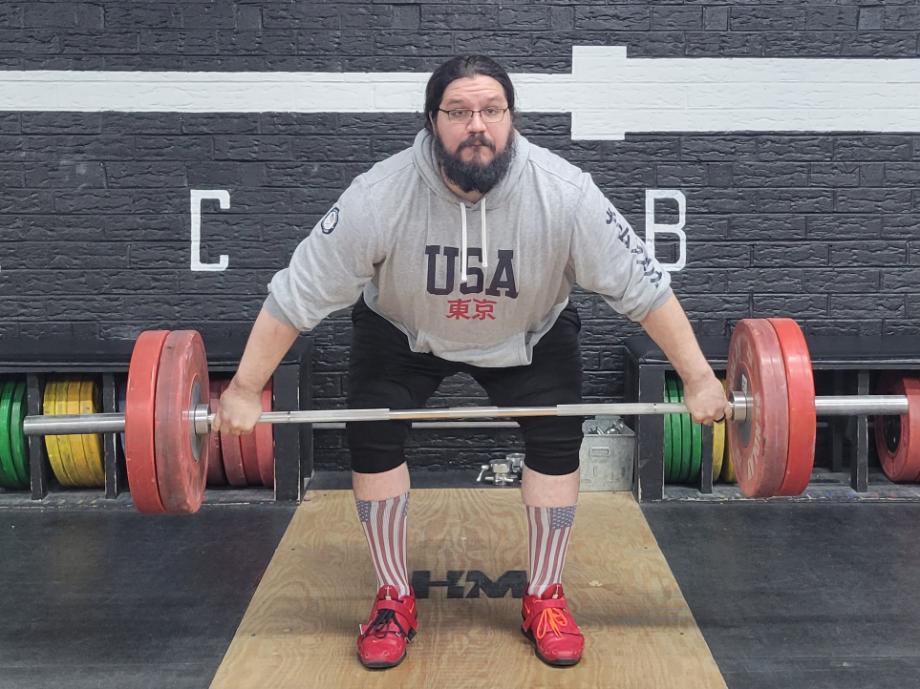Some say abs are made in the kitchen, but I like to say they’re sculpted in the gym. Understanding the abdominal muscles and how they function will provide insights into crafting your ultimate core workout: sticking to the tried-and-true exercises—like planks, dead bugs, and bird dogs—that engage your core, developing stability and strength. Then, progress by incorporating more dynamic core movements such as Pallof press variations, wood chops, and dumbbell lifts to enhance force and power production1.
Join me—a certified strength and conditioning specialist (CSCS)—as I break down the functions and anatomy of the primary abdominal muscles, then check out a few of my favorite core exercises that will have you feeling and seeing your abs. These won’t be your traditional sit-ups and toe touches; I’m talking fortified functional movements. Read on!
RELATED: Best Ab Exercises
Key Functions of the Abdominal Muscles
It may come as a shock, but your abdominal muscles serve a greater purpose than beach aesthetics. Your abdominal muscles are essential for daily tasks and athletic movements, providing stability and strength during workouts. Beyond their functions2 in basic movements like bending forward and back or side to side and aiding in rotation, your core muscles act as a bridge between the upper and lower body, facilitating the transfer of force for dynamic and explosive workouts.
Extension
Extension isn’t a primary function of the abdominal muscles; instead, the core often engages in anti-extension to prevent excessive hyperextension of the lumbar spine during extension exercises. Or, when in a compromised position, the abdominal muscles act eccentrically to control and stabilize the movement, supporting proper spinal alignment.
Rotation
The abdominal muscles, particularly the external and internal obliques, play a significant role in rotation. For example, when you throw a ball, the muscles on one side contract concentrically while those on the opposite side lengthen eccentrically. This action creates a twisting motion, allowing for controlled and potentially powerful trunk rotation. Additionally, the transverse abdominis acts as a stabilizer during rotational movements, helping to maintain core stability and prevent excessive twisting of the spine. The coordinated effort of these muscles facilitates smooth and controlled rotational movements of the torso.
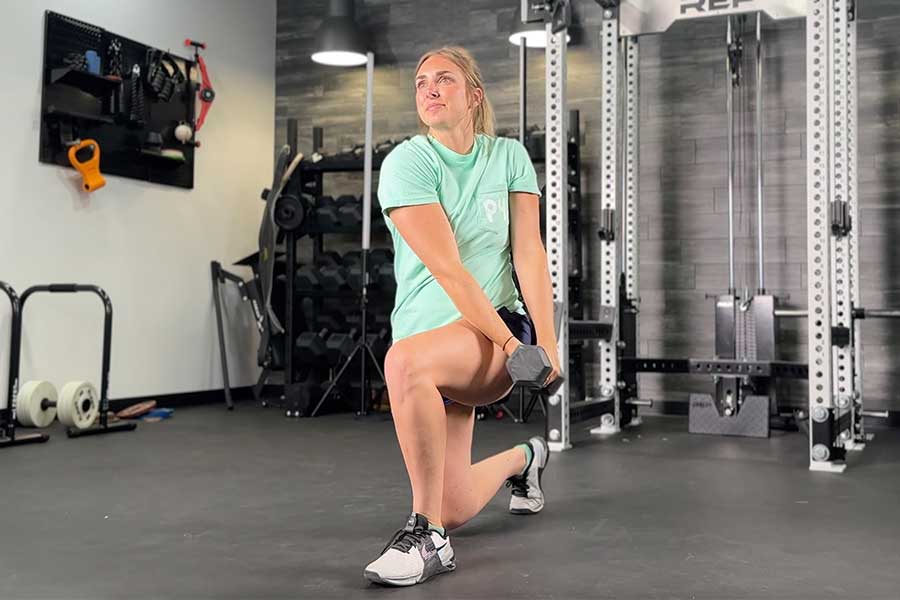
RELATED: 6 Rotation and 6 Anti-Rotation Exercises to Elevate Your Core Strength
Spinal Flexion
The abdominal muscles, particularly the rectus abdominis and the external obliques, are vital players in spinal flexion. When you flex your spine, such as during crunches or bending forward, these muscles contract concentrically, pulling the rib cage toward the pelvis. This action shortens the distance between these two points, resulting in spinal flexion. The internal obliques and transverse abdominis also contribute to spinal flexion by stabilizing and supporting the core during this movement, allowing for controlled and adequate spinal flexion.
Stability
The abdominal muscles are crucial for providing stability to the core and the entire body. The transverse abdominis, in particular, acts as a natural corset, wrapping around the abdomen and supporting the spine and internal organs. Additionally, the internal and external obliques and the rectus abdominis contribute to core stability by resisting forces that could cause excessive movement or rotation of the spine.
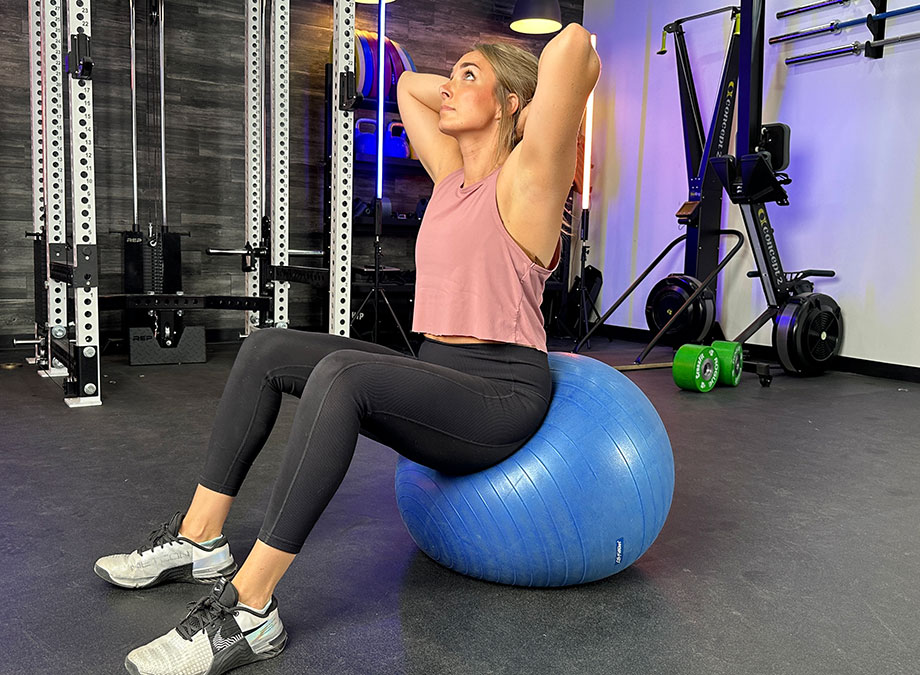
When the abdominal muscles are engaged, they create intra-abdominal pressure, which helps to stabilize the spine, pelvic floor, and hip bone region, especially during movements like lifting heavy objects or maintaining balance.
Overall, the abdominal muscles are a foundation for stability, enabling efficient movement and reducing the risk of injury.
Abdominal Muscles Anatomy and Function
Your core consists of five key muscles: the external obliques, internal obliques, pyramidalis, rectus abdominis, and transverse abdominis. Although each muscle contributes to specific movements like rotation, flexion, extension, or stabilization, optimal function is achieved through the coordinated engagement of all core muscles.
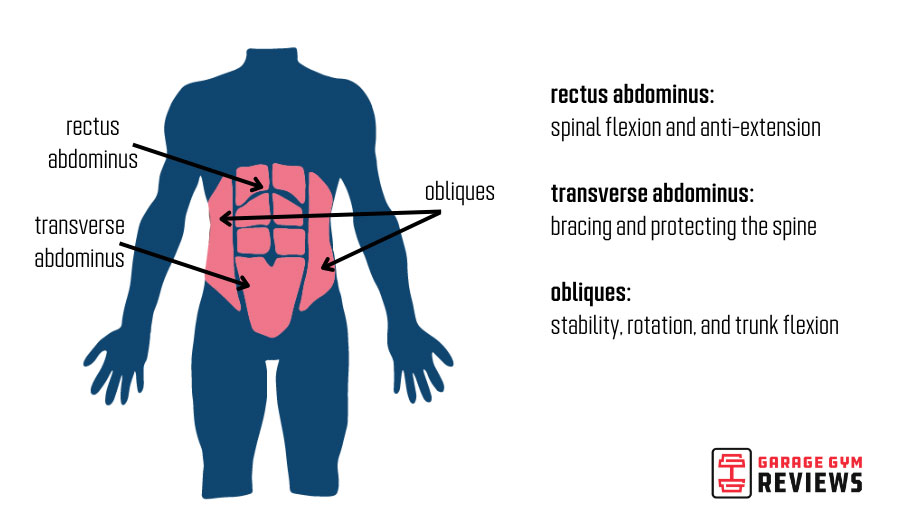
External obliques
The external obliques3, positioned on the sides of the abdomen, are broad and flat. They originate from the external surface of the lower eight ribs (five to 12) and extend diagonally downward and forward, connecting to the linea alba, iliac crest, and pubic bone. The external oblique muscles form the lateral aspect of the anterolateral abdominal wall along with the internal oblique muscles. When the external obliques contract on one side (unilaterally), they rotate the body in the opposite direction of the contracting muscles.
Main function(s):
- Rotate the body in the opposite direction of the contracting muscles when contracting on one side (unilaterally).
- Unilateral contraction aids in bending the trunk laterally
- Bilateral contraction assists in flexing the trunk forward, complementing movements like crunches or sit-ups
- Protects the inguinal canal
RELATED: Oblique Workouts
Internal obliques
The internal obliques4 hide beneath the external obliques and sit in front of the transverse abdominal wall layer. They originate from the inguinal ligament, iliac crest, and thoracolumbar fascia and extend diagonally upward and inward to attach to the lower ribs, linea alba, and pubic crest. While forming the lateral aspect of the anterolateral abdominal wall along with the external oblique muscles, the role of rotation is the main difference between the internal and external obliques. When the internal obliques contract on one side, they rotate the body in the same direction as the contracting muscles.
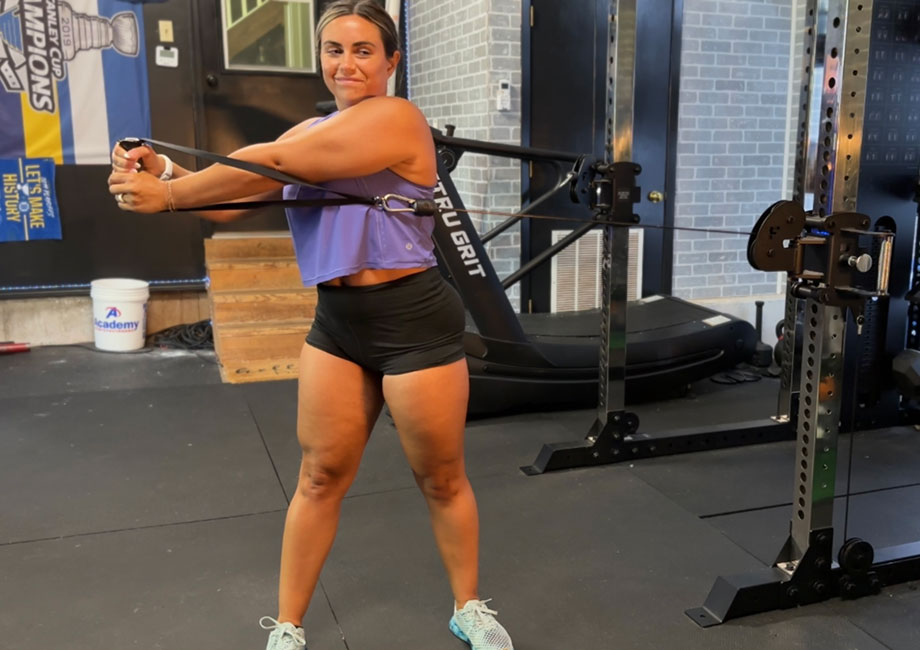
Main function(s):
- Rotate the body in the same direction as the contracting muscles when contracting on one side (unilaterally).
- Unilateral contraction aids in bending the trunk laterally
- Bilateral contraction assists in flexing the trunk forward, complementing movements like crunches or sit-ups
Pyramidalis
The pyramidalis5 muscle is a small triangular muscle in the lower abdomen, anterior to the rectus abdominis. It originates from the pubic symphysis and inserts into the linea alba. It sits on the midline of your body with the rectus abdominis. Typically, the pyramidalis is engaged during lower ab workouts.
If you’re familiar with Olympic lifts, the snatch exercise brushes the pyramidalis when extending upward at the top of your pull. If you’re not hitting this muscle, you might be hitting your pubis—ouch!
Main function(s):
- Increasing the intra-abdominal pressure when necessary (bracing for lifting)
- Engaging abdominal muscles in sneezing
- Engaging abdominal muscles for bodily functions (e.g.defecation/urination)
Rectus abdominis
Ah, the beloved six-pack muscle! The rectus abdominis6 is a long, flat muscle running vertically along the front of the abdomen, forming most of the anterior abdominal wall. It originates from the pubic symphysis and pubic crest and inserts into the fifth, sixth, and seventh ribs and the xiphoid process of the sternum. The rectus abdominis is situated on the midline of your body along with the pyramidalis, and is covered and supported by the rectus sheath, a fibrous layer of connective tissue.
Main function(s):
- Flexes the trunk anteriorly
- Increases intra-abdominal pressure
- Stabilizes and controls tilting of the pelvis (along with your back muscles)
Transversus abdominis
The transverse abdominis7 is a deep, flat muscle located beneath the internal obliques and rectus abdominis, forming the innermost layer of the abdominal wall and acting like a supportive blanket for your abdominal organs. It originates from the inguinal ligament, iliac crest, and thoracolumbar fascia and inserts into the linea alba. Unlike the other abdominal muscles, its fibers run horizontally across the abdomen.
Main function(s):
- Stabilize the spine and pelvis
- Provides support and compression for the abdominal cavity
- Increases intra-abdominal pressure
Hip Flexors
The hip flexors8 are a group of 5 muscles: iliacus, psoas, pectineus, rectus femoris, and sartorius. The iliacus and psoas muscles help make up part of the posterior abdominal wall. While the hip flexors are not technically an abdominal muscle, they facilitate movement in conjunction with your muscles in many abdominal exercises. In a November 2012 study in the The Journal of Strength and Conditioning Research9, researchers found increased activation of the hip flexors during two-minute bouts of sit-ups and curl-ups.
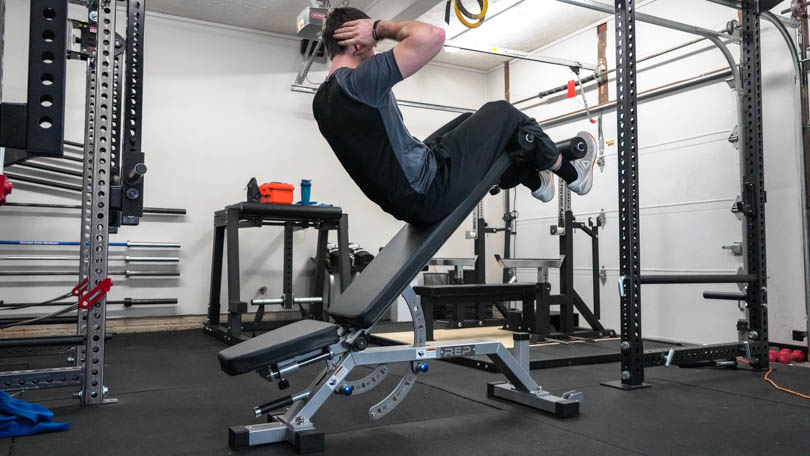
Main function(s):
- Flex the hip joint, bringing the knee towards your torso.
- Stabilize the pelvis.
Expert tip: Prioritize mobilizing and strengthening your hip flexors. Inflammation and tightness in these muscles can contribute to lower back pain. Might I suggest these hip flexor exercises?
My Go-To Abdominal Muscle Exercises
As I’ve established, your abdominal muscles serve four main functions: flexion, extension, stability, and rotation. An effective core workout mimics these movements to target these areas effectively. Each abdominal exercise listed below fulfills a specific role in your fitness routine, corresponding to the functions of your abdominal muscles and fully engaging your core.
Cable Pallof Press
Muscles worked: Rectus abdominis, transverse abdominis, obliques, glutes, erector spinae, hip flexors
How to do it:
- Set a cable machine to mid-torso height.
- Grab the cable attachment and step to the side, away from the machine.
- Stand with your feet hip-width apart.
- Press the attachment forward until your arms straighten.
- Return the attachment slowly to the starting position.
- Reset and repeat for desired sets/reps
Expert tip: Vary your base positions, including standing, tall-kneeling, half-kneeling, and staggered-stance variations, to keep your workouts dynamic and challenge your muscles differently.
RELATED: Cable Ab Workouts
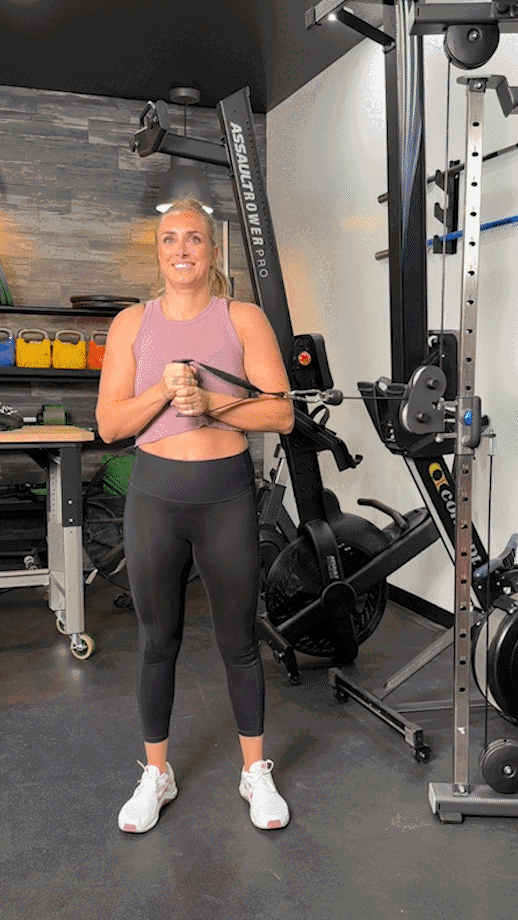
Reverse Crunch
Muscles worked: Rectus abdominis, pyramidalis, obliques, transverse abdominis, hip flexors.
How to do it:
- Lie on your back with your arms by your sides.
- Bend your knees to form a 90-degree angle.
- Lift your hips and lower back off the ground, bringing your knees toward your chest.
- Pause, then slowly reverse the movement by gently lowering your back and hips back to the floor.
- Repeat for desired sets and reps.
Expert tip: Utilize a long exhale as you lower your hips towards the floor, squeezing your abs.
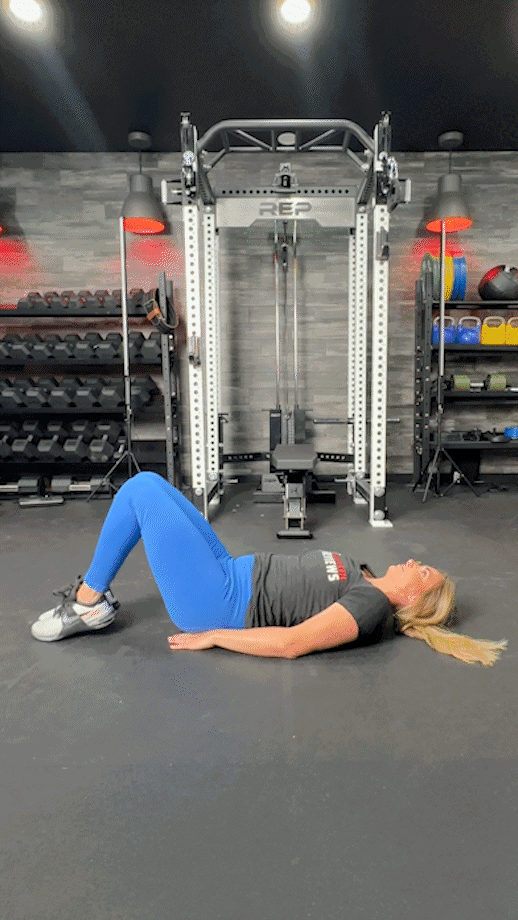
Wood Chop
Muscles worked: Obliques, rectus abdominis, transverse abdominis, pyramidalis, lats, deltoids
How to do it:
- Stand with your feet shoulder-width apart, holding a weight or cable attachment at your high, right side.
- Squeeze your abs and rotate your torso diagonally down and across.
- Lower the weight past your left shoulder.
- Slowly reverse the movement and return the weight back to the starting position.
- Repeat for desired sets and reps then switch to the other side.
Expert tip: Allow your eyes to follow the weight or cable as you perform each chop. This will help create better rotation in your core muscles and thoracic spine.
RELATED: Thoracic Mobility Exercises
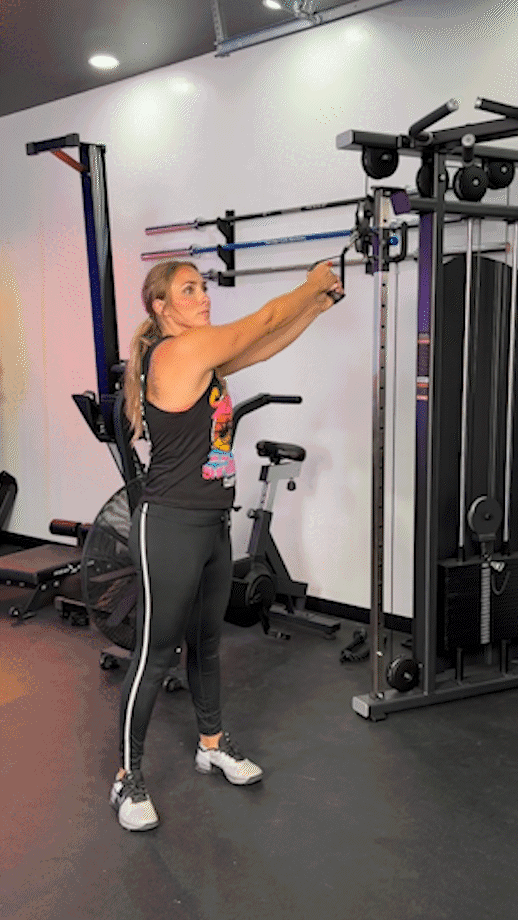
Bird Dog
Muscles worked: Rectus abdominis, transverse abdominis, obliques, glutes, and erector spinae.
How to do it:
- Start on all fours, with your hands under your shoulders and knees under your hips.
- Reach your right arm directly in front of you and lift and straighten your left leg simultaneously, keeping both limbs parallel to the floor.
- Hold briefly, then return to the starting position.
- Alternate sides, lifting your left arm and right leg.
- Repeat for desired sets and reps.
Expert tip: If the bird dog exercise is new, begin with static holds. Once comfortable, progress to repetitions with shorter holds.
RELATED: Functional Core Exercises
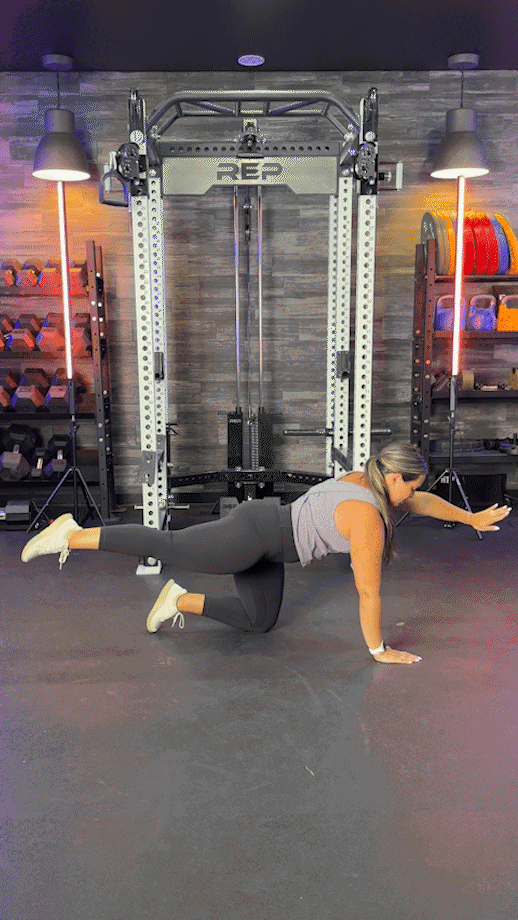
Abdominal Muscles: Final Thoughts
Understanding your abdominal muscles offers significant benefits in and out of the gym. You can improve the function and strength of your abs, and by selecting the appropriate abdominal exercises, you’ll take a step toward boosting your performance.
Here’s a quick summary of today’s ab anatomy lesson:
- Five main abdominal muscles comprise your core: external obliques, internal obliques, pyramidalis, rectus abdominis, and transverse abdominis.
- Understanding the function of each abdominal muscle can help select the best core exercises.
- The core musculature does more than movement; it helps protect the viscera (internal organs) and the vertebral column.
- Abdominal exercises don’t need to be over complicated. Keep it simple to be effective.
- Vary the base stances and use other variations of the listed exercises to create a more dynamic and challenging exercise.
Abdominal Muscles: FAQs
What are the 4 functions of abdominal muscles?
The four functions of abdominal muscles are to aid in rotation, spinal flexion (bending forward), extension (bending backward)—more in the form of anti-extension—and stability (bracing). The core musculature plays an essential role in daily activities and gym-related movements.
What are the 5 main abdominal muscles?
The five main abdominal muscles are the rectus abdominis, transverse abdominis, internal obliques, external obliques, and the less familiar pyramidalis. Programming diverse core exercises is crucial to target all these muscle groups, avoiding any oversight in your ab workouts.
RELATED: Upper Ab Workouts
What does a hurt abdominal muscle feel like?
Typically, a feeling of soreness and tenderness is a tell-tale sign of a hurt abdominal muscle, especially during movement. If you experience sharp pain, this is a warning sign to check with your healthcare provider to ensure you’re not experiencing a hernia or diastasis recti. Consulting with a physical therapist is an excellent way to begin rehabbing a hurt abdominal muscle.
Why does my stomach bulge in the middle when I sit up?
When you sit up, your abdominal muscles, particularly the rectus abdominis, contract to lift your torso off the ground. This bulge occurs because the muscles are actively contracting to perform the movement, and the muscle tension pushes the abs slightly outward, creating the appearance of a bulge. It’s a norm
References
- Zemková E. Strength and power-related measures in assessing core muscle performance in sport and rehabilitation. Front Physiol. 2022;13:861582. doi:10.3389/fphys.2022.861582.
- Kenhub. Anterior Abdominal Muscles. Accessed February 11, 2024. Available from: https://www.kenhub.com/en/library/anatomy/anterior-abdominal-muscles
- Kenhub. External Abdominal Oblique Muscle. Accessed February 11, 2024. Available from: https://www.kenhub.com/en/library/anatomy/external-abdominal-oblique-muscle
- Kenhub. Internal Abdominal Oblique Muscle. Accessed February 11, 2024. Available from: https://www.kenhub.com/en/library/anatomy/internal-abdominal-oblique-muscle
- Kenhub. Pyramidalis Muscle. Accessed February 11, 2024. Available from: https://www.kenhub.com/en/library/anatomy/pyramidalis-muscle
- Kenhub. Rectus Abdominis Muscle. Accessed February 11, 2024. Available from: https://www.kenhub.com/en/library/anatomy/rectus-abdominis-muscle
- Kenhub. Transversus Abdominis Muscle. Accessed February 11, 2024. Available from: https://www.kenhub.com/en/library/anatomy/transversus-abdominis-muscle
- Physiopedia. Hip Flexors. Accessed February 11, 2024. Available from: https://www.physio-pedia.com/Hip_Flexors#:~:text=The%20hip%20flexors%20consist%20of,%2C%20rectus%20femoris%2C%20and%20sartorius.
- Burden A, Redmond C. Abdominal and Hip Flexor Muscle Activity During 2 Minutes of Sit-Ups and Curl-Ups. J Strength Cond Res. 2012;27. doi:10.1519/JSC.0b013e318278f0ac.


